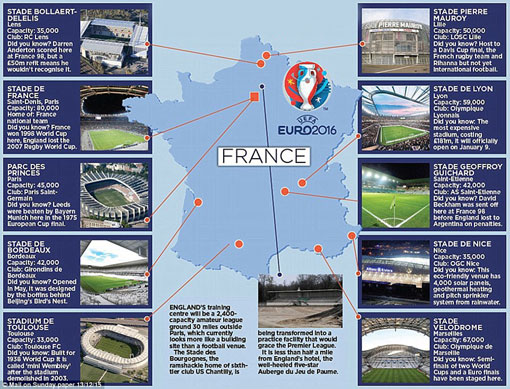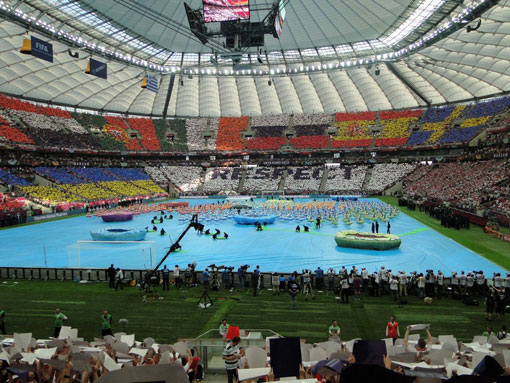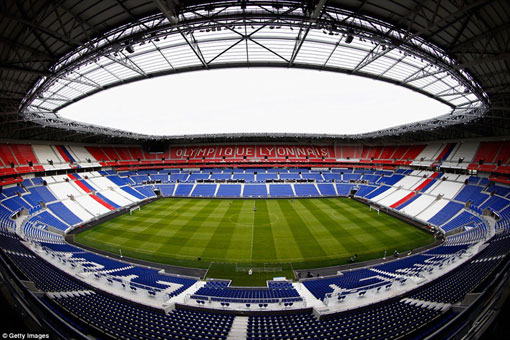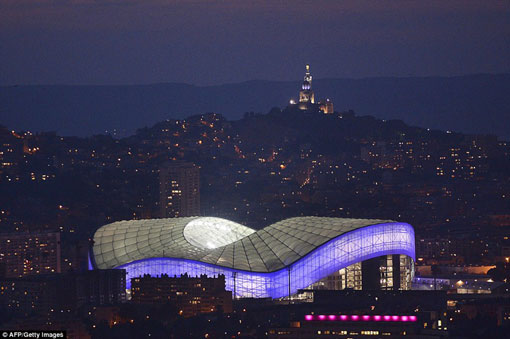You are hereplaces
places
Oct 15, 1815, Napoleon I began his exile on Saint Helena, most remote island following his defeat at Battle of Waterloo


The Battle of Waterloo, which took place in Belgium on June 18, 1815, marked the final defeat of French military leader and emperor Napoleon Bonaparte (1769-1821), who conquered much of continental Europe in the early 19th century. Napoleon rose through the ranks of the French army during the French Revolution (1789-1799), seized control of the French government in 1799 and became emperor in 1804. Through a series of wars, he expanded his empire across western and central Europe. However, a disastrous invasion of Russia in 1812, coupled with other defeats, led to his abdication and exile in 1814. He returned to France in 1815 and briefly resumed power. The Battle of Waterloo, in which Napoleon’s forces were defeated by the British and Prussians, signaled the end of his reign and the end of France’s domination in Europe. After Waterloo, Napoleon abdicated and later died in exile. read more »
Photo: Crowded Railway Station in Mumbai, India

Churchgate Railway Station in Mumbai, India
Photograph by Randy Olson
"One touch of nature makes the whole world kin."US National Park Service turns 100(1st park,Yellowstone,signed into law in 1872)





Extended Preview of Ken Burns documentary series on PBS, THE NATIONAL PARKS: AMERICAS BEST IDEA. The 12-hour, six-part documentary series, directed by Burns and co-produced with his longtime colleague, Dayton Duncan, who also wrote the script, is the story of an idea as uniquely American as the Declaration of Independence and just as radical: that the most special places in the nation should be preserved, not for royalty or the rich, but for everyone.
(quote)
"One touch of nature makes the whole world kin."
- John Muir, Our National Parks
On August 25, 2016, the National Park Service turned 100
The centennial celebrates the achievements of the past 100 years, but it is really about the future. It’s about kicking off a second century of stewardship for America’s national parks and for communities across the nation. Most importantly, it’s about inviting you to join us. We all have a role to play in ensuring that future generations of Americans will be able to enjoy the thrilling experiences of nature and wildlife, history and culture, and the spirit of adventure that is waiting at every national park. read more »
240 years ago vs. now. 1776 - US Declared Independence from UK; 2016 - UK voted to be independent from EU

(quote)
On July 4, 1776, The Declaration of Independence was adopted by the Second Continental Congress meeting at Philadelphia, Pennsylvania, which announced that the thirteen American colonies, then at war with the Kingdom of Great Britain, regarded themselves as thirteen newly independent sovereign states, and no longer under British rule. Instead they formed a new nation—the United States of America. John Adams was a leader in pushing for independence, which was passed on July 2 with no opposing vote cast. A committee of five had already drafted the formal declaration, to be ready when Congress voted on independence. The term "Declaration of Independence" is not used in the document itself.
John Adams persuaded the committee to select Thomas Jefferson to compose the original draft of the document, which Congress would edit to produce the final version. The Declaration was ultimately a formal explanation of why Congress had voted on July 2 to declare independence from Great Britain, more than a year after the outbreak of the American Revolutionary War. The next day, July 3, John Adams wrote to his wife Abigail: "The Second Day of July 1776, will be the most memorable Epocha, in the History of America." But the national birthday, Independence Day, is celebrated on July 4, the date that the Declaration of Independence was signed. read more »
Louvre and Musée d’Orsay closed amid Paris floods after days of non-stop heavy rain in Europe, river Seine burst its banks
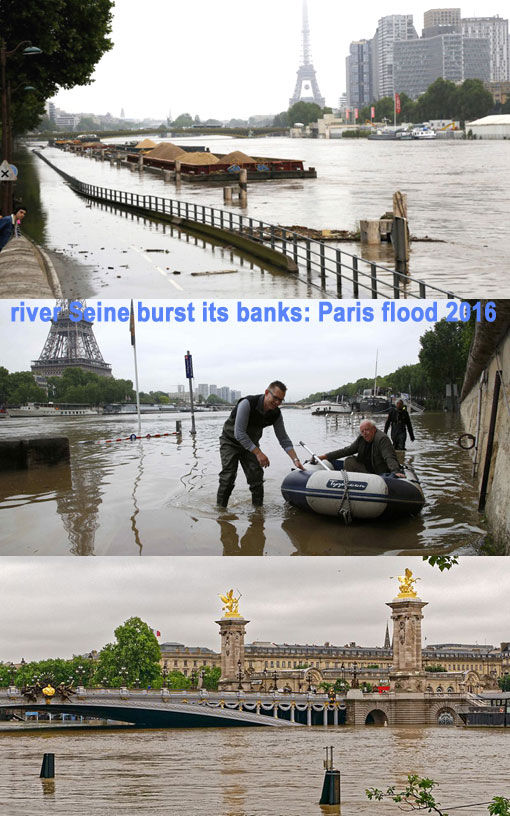
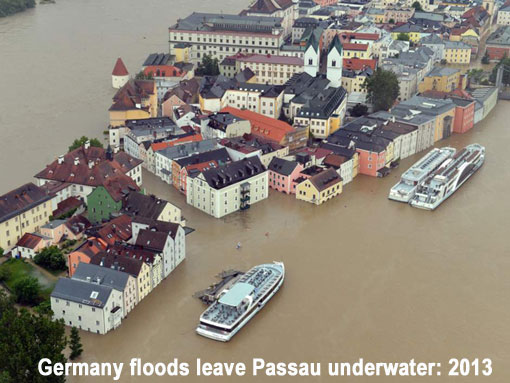
*Update*
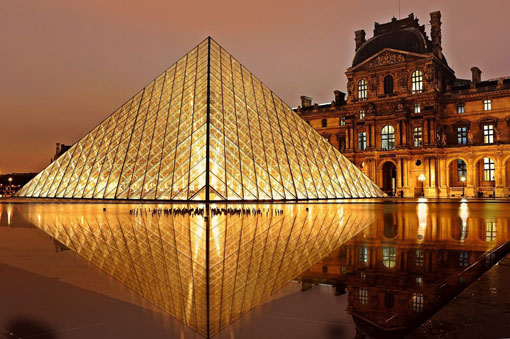
(quote)
heavy rain in Europe In late May and early June 2016 flooding began after several days of heavy rain in Europe, mostly Germany and France, but also Austria, Belgium, Romania, Moldova, Netherlands and the United Kingdom. Among others, the German states of Bavaria, Hesse, Rhineland-Palatinate, Baden-Württemberg, and North Rhine-Westphalia were affected. There was also severe flooding in France. Beginning at the river Neckar, also the Danube, Rhine, Seine and their tributaries were affected by high water and flooding along their banks.
Germany - The Baden-Württemberg village of Braunsbach was most heavily affected by the floods. After flash floods on 29 May 2016, small tributaries of the river Kocher flooded the streets of the village within minutes, and the roadways were buried under rocks, trees and car wrecks.
France - the river Seine burst its banks and one town was evacuated. Four people died in the floods. (Compare Flood level of the Seine in Paris 2016 against the flood height of 1910). Flooding in Paris was expected to peak at around 6.30 m above normal, higher than 6.18 m high seen in 1982, but below the 1955 flood level of 7.12 m, and the 1910 Paris flood which saw levels at 8.62 m above normal.
June 2, 2016 Louvre and Musée d’Orsay have shut their doors amid Paris floods read more »
27 May 1937: icon Golden Gate Bridge opened to public; 27 May 2016: 60,000 bridges across US are in desperate need of repair
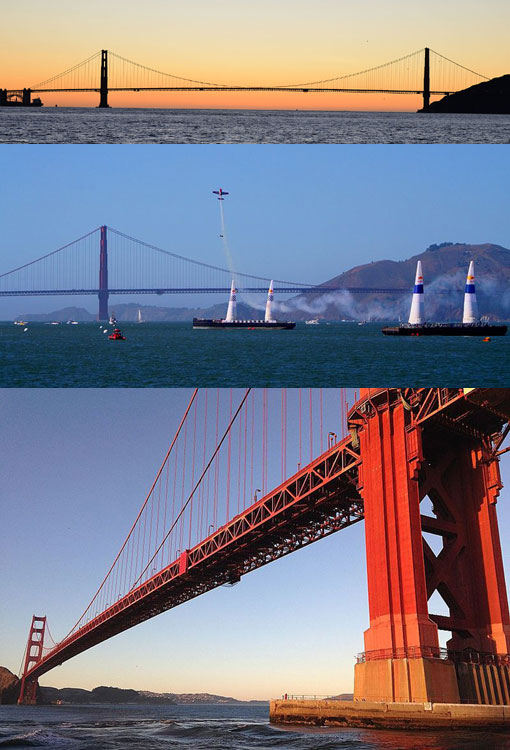
(quote)
The Golden Gate Bridge is a suspension bridge spanning the Golden Gate strait, the one-mile-wide (1.6 km), three-mile-long (4.8 km) channel between San Francisco Bay and the Pacific Ocean. It opened in 1937 and was, until 1964, the longest suspension bridge main span in the world, at 4,200 feet (1,300 m). It has been declared one of the Wonders of the Modern World by the American Society of Civil Engineers. Construction began on January 5, 1933. The project was finished and opened May 27, 1937. The bridge-opening celebration began on May 27, 1937 and lasted for one week. The day before vehicle traffic was allowed, 200,000 people crossed either on foot or on roller skates.
CNN May 27, 2016 Nearly 60,000 bridges across the country are in desperate need of repair. One example is just down the street from the White House and Capitol Hill. In the nation's capital, 68,000 vehicles cross the Arlington Memorial Bridge between Washington and Virginia every day. CNN was granted rare access to go inside the crumbling bridge. "It's just eroding and concrete is falling off," said National Park Service spokeswoman Jenny Anzelmo-Sarles as she showed how the original support beams from 1932 are corroding. The beams have never been replaced, and the bridge could be closed to vehicle traffic within five years if it isn't fixed. It'll cost $250 million. read more »












